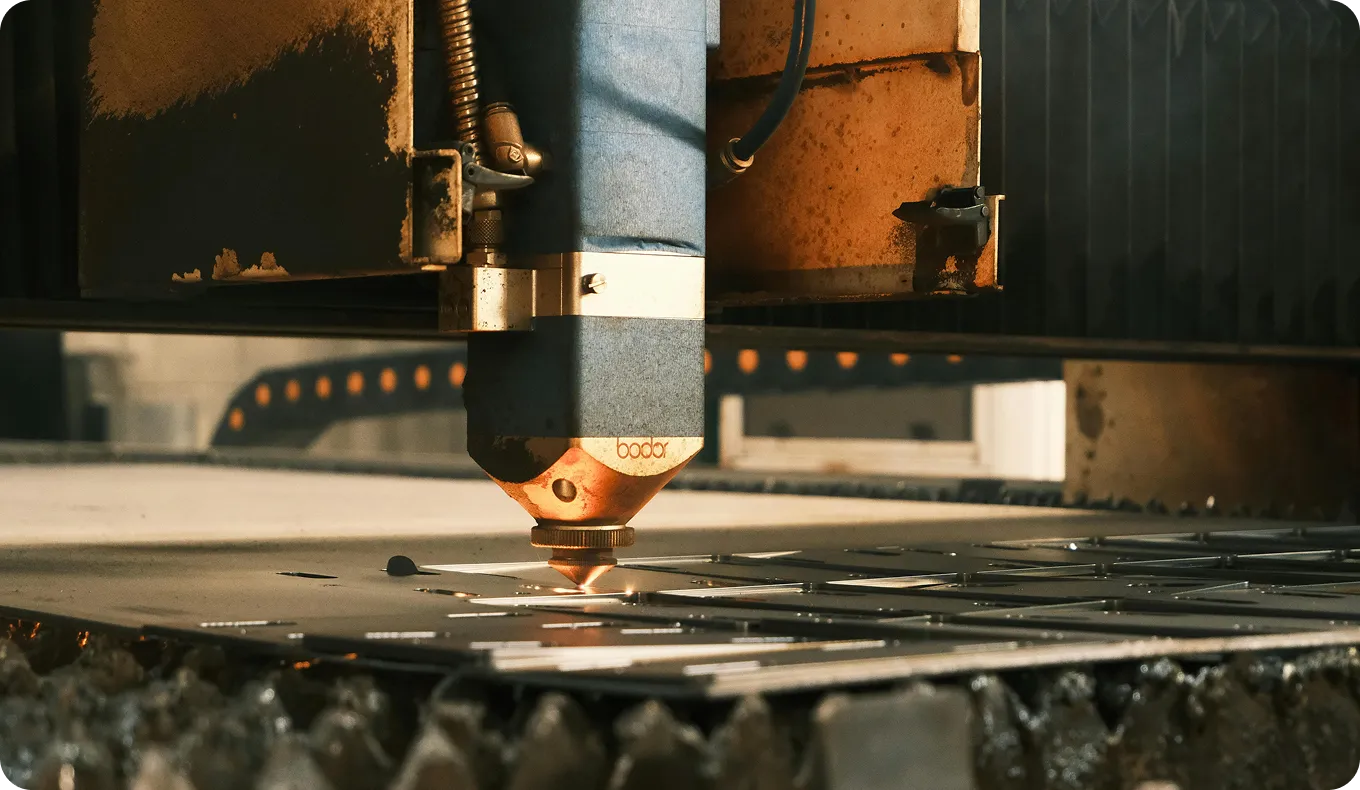Batch Normalization
Boost deep learning performance with batch normalization! Learn how this technique enhances training speed, stability, and accuracy in AI models.
Batch Normalization, often abbreviated as BatchNorm, is a technique used in deep neural networks to stabilize and accelerate the training process. Introduced by Sergey Ioffe and Christian Szegedy in their 2015 paper, it works by normalizing the inputs to each layer for each mini-batch of data. This has the effect of reducing what is known as "internal covariate shift," a phenomenon where the distribution of each layer's inputs changes during training as the parameters of the previous layers change. By maintaining a more stable distribution of inputs, Batch Normalization allows for faster and more stable training of deep networks.
How Batch Normalization Works
During the model training process, data is passed through the network in small groups called batches. A Batch Normalization layer, typically inserted after a convolutional or fully connected layer and before the activation function, performs two main steps for each batch:
- Normalization: It calculates the mean and variance of the activations within the current batch. It then uses these statistics to normalize the activations, giving them a mean of zero and a variance of one. This step ensures that the inputs to the next layer are on a consistent scale.
- Scaling and Shifting: Normalizing the activations could limit the layer's expressive power. To counteract this, the layer introduces two learnable parameters—a scaling factor (gamma) and a shifting factor (beta). These parameters allow the network to learn the optimal scale and mean for the inputs to the next layer, effectively undoing the normalization if that is what the network determines is best.
During inference, the model processes single examples instead of batches. Therefore, the batch-specific mean and variance are not available. Instead, the model uses an aggregate mean and variance calculated from the entire training dataset, which are computed and stored during the training phase. This ensures the model's output is deterministic and consistent.
Benefits of Batch Normalization
Implementing Batch Normalization in a deep learning model offers several key advantages:
- Faster Training: By stabilizing the input distributions, BatchNorm allows for the use of a much higher learning rate, which significantly speeds up the convergence of the model.
- Reduces Internal Covariate Shift: This is the primary problem Batch Normalization was designed to solve. It mitigates the issue where changes in the parameters of earlier layers cause the distribution of inputs to later layers to shift, making training more difficult.
- Regularization Effect: Batch Normalization adds a small amount of noise to each layer's activations due to the batch-based statistics. This noise acts as a form of regularization, which can help prevent overfitting and may reduce the need for other techniques like Dropout.
- Reduces Dependence on Initialization: It makes the network less sensitive to the initial weights, making the training process more robust.
Real-World Applications
Batch Normalization is a near-ubiquitous component in modern computer vision models, including state-of-the-art architectures like Ultralytics YOLO.
- Image Classification: In models trained on large datasets like ImageNet, Batch Normalization is crucial for training very deep networks, such as ResNet, by preventing issues like vanishing gradients. This allows for higher accuracy in tasks like classifying objects in photographs.
- Medical Image Analysis: When training models for tumor detection or segmenting organs from MRI or CT scans, Batch Normalization ensures that variations in image intensity across different machines and patients do not negatively impact training. This leads to more reliable and robust diagnostic tools for AI in healthcare.
Considerations and Implementations
A key consideration for Batch Normalization is its dependence on the mini-batch size during training. Performance can degrade if the batch size is too small (e.g., 1 or 2), as the batch statistics become noisy estimates of the population statistics. Standard deep learning frameworks like PyTorch (torch.nn.BatchNorm2d) and TensorFlow (tf.keras.layers.BatchNormalization) provide robust implementations. Despite alternatives, Batch Normalization remains a fundamental technique for training many modern deep learning models effectively. You can manage and train models incorporating such techniques using platforms like Ultralytics HUB.







.webp)
